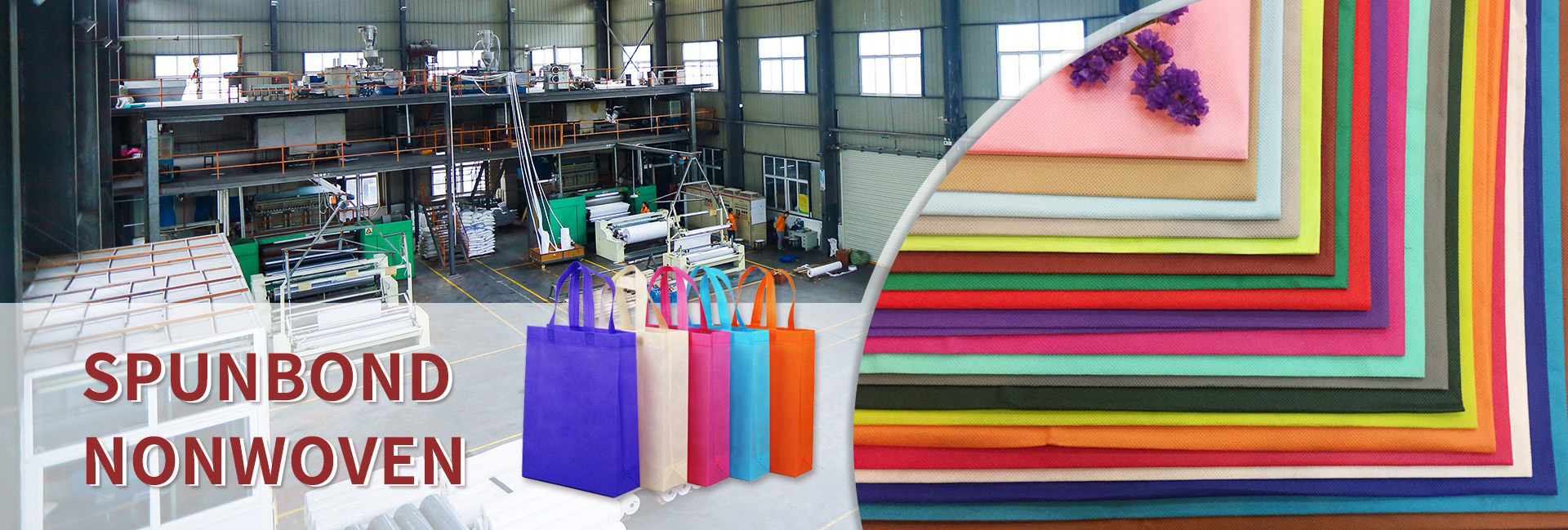The emerging countries and regions jointly building the “the Belt and Road”, such as ASEAN, Russia, Latin America, Africa and the Middle East, have frequent trade exchanges with each other. How will China expand its export share to these markets in the future?
Expert Roundtable:
careful
Chinese Ministry of Commerce
Researcher at the Institute of International Trade and Economic Cooperation
Ni Yueju
Chinese Academy of Social Sciences
Researcher at the Institute of World Economy and Politics
Li Hongbing
Beijing University Of Posts and Telecommunications
Professor at the School of Economics and Management
(Ranked in no particular order)
Thou Mi:
For countries jointly building the “the Belt and Road”, China does not have to fully increase its market share. Increasing market share can be seen from two perspectives. Firstly, the share of these regions in China’s import and export trade will continue to increase in the future. This is because the interdependence between China and these countries in trade will further strengthen, and the supply chains of both sides will become more smooth and advantageous, which will be beneficial for increasing the dependence on bilateral trade and gradually expanding the proportion of trade between these countries and China in China’s foreign trade.
On the other hand, China’s trade with these countries is not to increase market share in these countries, but to take into account the need for moderate development and diversification of the “the Belt and Road” countries due to the impact of a single trade structure. China’s trade with these countries is not to pursue unlimited expansion in the proportion of imports and exports, but to further play their respective advantages and form mutual cooperation in the industrial chain. At the same time, it can also enhance the position of these countries in the global industrial value chain. With the improvement of the industrial value chain, the trade capacity and added value of these countries will increase, which is a new feature of trade development between China and these countries jointly building the “the Belt and Road”.
Ni Yueju:
First, further strengthen infrastructure investment and construction in the countries jointly building the “the Belt and Road”, which will help increase export opportunities to these countries and improve China’s international image; Secondly, we will continue to promote the implementation of investment and trade liberalization and facilitation measures, and promote bilateral trade growth by continuously reducing tariffs, lowering trade barriers, and improving customs clearance efficiency; Thirdly, promote the continuous transformation and upgrading of exported products to enhance their brand awareness and reputation, and expand overseas markets; The fourth is to continuously innovate export products and technologies, develop new products and technologies that are more suitable for local market demand, and thereby expand export market share; Fifth, we will continue to innovate trade methods, use the Internet and e-commerce platforms to expand sales channels, improve the internationalization of Chinese enterprises, and promote Chinese products and services to the global market.
Li Hongbing:
Since 2013, the total import and export volume of China and the countries jointly building the “the Belt and Road” has exceeded 126 trillion US dollars. In 2023, the import and export scale between China and the co building countries reached 19.47 trillion yuan, a year-on-year increase of 2.8%, accounting for 46.6% of China’s total foreign trade value. Both the scale and proportion are the highest levels since the proposal was put forward. From the perspective of specific countries and regions, the trade between China and ASEAN will account for 44.75% of the “the Belt and Road” trade in 2023, and ASEAN will remain an important region of the “the Belt and Road” trade. China’s trade with Central Asia and the Commonwealth of Independent States has grown rapidly, with bilateral trade with Russia growing by 26.3%. Russia has also surpassed Vietnam, becoming China’s largest trading partner in the joint construction of the “the Belt and Road” countries.
In order to further expand the market share of the “the Belt and Road”, first, build a higher level of open economic system and comprehensively improve the level of opening up on the basis of fruitful results; Secondly, we will continue to promote infrastructure construction and strengthen the level of interconnectivity and digitization represented by the Digital Silk Road; The third is to build an interdependent international industrial chain, enhance the product innovation capability of Chinese enterprises, and promote the formation of a new development pattern of domestic and international dual circulation; Fourth, we will improve the new level of supply chain cooperation, further improve the efficiency of China EU train transportation, speed up the construction of new channels for international land and sea trade, and discuss more working mechanisms for investment cooperation, service trade, and other aspects with the co construction countries to ensure the stability and smoothness of the “the Belt and Road” supply chain; The fifth is to strengthen international economic cooperation and exchanges, actively participate in cooperation and exchanges in international multilateral mechanisms, deepen cooperation in green, digital and other fields, and jointly address global challenges and issues.
Dongguan Liansheng Non woven Technology Co., Ltd. was established in May 2020. It is a large-scale non-woven fabric production enterprise integrating research and development, production, and sales. It can produce various colors of PP spunbond non-woven fabrics with a width of less than 3.2 meters from 9 grams to 300 grams.
Post time: May-24-2025

